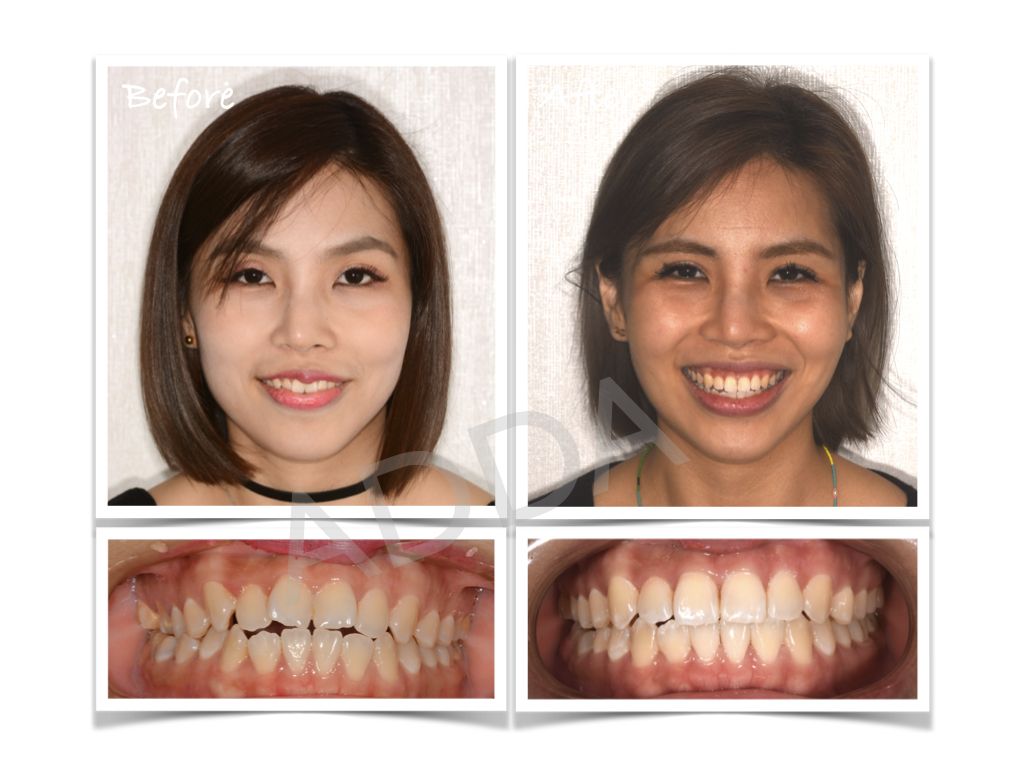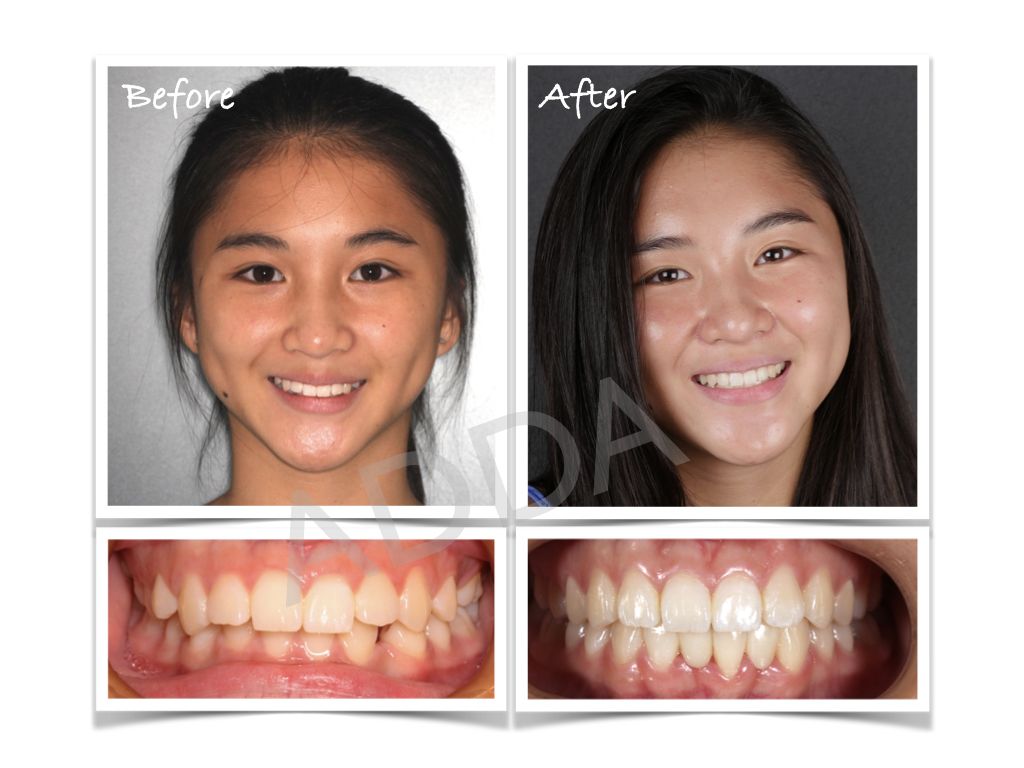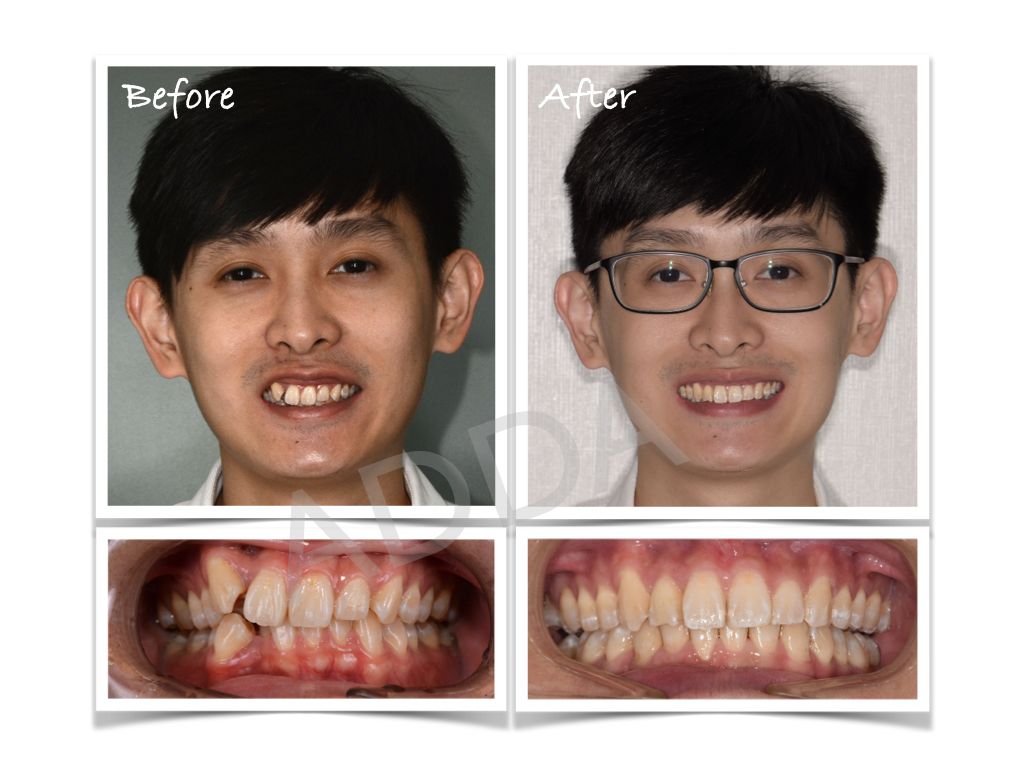When it comes to orthodontic treatments, Invisalign has revolutionized the way people achieve straighter smiles. However, like any dental procedure, there are potential challenges that patients may encounter. The worst case Invisalign scenarios often revolve around improper alignment, discomfort, or treatment failure. Understanding these situations and knowing how to address them is crucial for anyone considering this treatment. This article delves into the realities of Invisalign, offering insights and solutions to ensure a successful outcome.
For many, Invisalign represents a convenient and discreet alternative to traditional braces. Yet, it's essential to recognize that not all cases are straightforward. Factors such as patient compliance, the complexity of the dental condition, and the expertise of the orthodontist can significantly impact the results. By exploring the worst case invisalign situations, we aim to provide a comprehensive guide to help patients make informed decisions about their dental health.
As you embark on your journey to a healthier smile, it's vital to equip yourself with knowledge about the potential pitfalls. This article will cover everything from the most common issues to expert advice on overcoming them. Whether you're a prospective Invisalign user or someone seeking clarity about this treatment option, the following sections will offer valuable insights into the worst case invisalign scenarios.
Read also:Bolivars Pizza Menu A Gourmet Adventure In Every Bite
What Are the Worst Case Invisalign Scenarios?
Understanding the potential complications associated with Invisalign is the first step in addressing them effectively. Some of the worst case invisalign situations may include:
- Inadequate tooth movement
- Severe discomfort or pain
- Treatment not meeting expected results
While these scenarios are rare, they underscore the importance of choosing the right orthodontist and maintaining proper care during treatment.
Why Does the Worst Case Invisalign Happen?
Several factors contribute to the worst case invisalign outcomes. One primary reason is non-compliance with the treatment plan. Patients who fail to wear their aligners for the recommended 20-22 hours a day may experience suboptimal results. Additionally, complex dental cases might require more advanced treatment options, making Invisalign less effective in certain situations.
Another factor is the experience level of the orthodontist. It's crucial to consult with a certified Invisalign provider who has a proven track record of handling various dental conditions. This ensures that your treatment plan is tailored to your specific needs and increases the likelihood of a successful outcome.
Is the Worst Case Invisalign Preventable?
A common question among prospective patients is whether the worst case invisalign scenarios can be avoided. The answer lies in proper planning and execution. By adhering to the treatment guidelines and seeking regular check-ups, patients can significantly reduce the risk of complications. Moreover, maintaining open communication with your orthodontist allows for timely adjustments and ensures that any issues are addressed promptly.
How Can You Identify the Worst Case Invisalign?
Recognizing the signs of a potential worst case invisalign situation is key to addressing it effectively. Some common indicators include:
Read also:Unveiling The Glamour Of Hollywood Health Spa New Orleans
- Significant discomfort or pain
- Lack of visible improvement over time
- Aligners not fitting properly
If you notice any of these symptoms, it's important to consult with your orthodontist immediately. Early intervention can help prevent further complications and ensure a successful treatment outcome.
Can the Worst Case Invisalign Be Fixed?
Many patients wonder if the worst case invisalign scenarios can be remedied. In most cases, with the right approach and expert guidance, these issues can be resolved. Your orthodontist may recommend additional aligners, refinements, or even supplementary treatments to achieve the desired results. Staying proactive and following your orthodontist's recommendations is essential for overcoming these challenges.
What Should You Do If You Experience the Worst Case Invisalign?
If you find yourself in a worst case invisalign situation, the first step is to contact your orthodontist. They will evaluate your progress and determine the best course of action. Depending on the severity of the issue, your treatment plan may be adjusted to address any concerns. Remember, maintaining a positive attitude and trusting the process is crucial for achieving a successful outcome.
Who Is Most Likely to Experience the Worst Case Invisalign?
Certain individuals are more prone to experiencing the worst case invisalign scenarios. These typically include patients with:
- Severe dental misalignment
- Complex bite issues
- History of non-compliance with orthodontic treatments
For these patients, thorough consultations and realistic expectations are vital to ensuring a successful treatment journey. Working closely with your orthodontist can help mitigate potential risks and enhance the effectiveness of the treatment.
How Can You Prepare for the Worst Case Invisalign?
While no one plans for the worst case invisalign, being prepared can make a significant difference. Start by educating yourself about the treatment process and understanding the potential challenges. Follow your orthodontist's instructions meticulously and attend all scheduled appointments. Additionally, maintaining excellent oral hygiene practices can help prevent complications and ensure a smoother treatment experience.
Is the Worst Case Invisalign Common?
A frequently asked question is whether the worst case invisalign scenarios are common. Fortunately, these situations are relatively rare, especially when patients follow their treatment plans and work with experienced orthodontists. By staying informed and proactive, you can significantly reduce the likelihood of encountering these challenges.
What Are the Alternatives to Invisalign?
For patients concerned about the worst case invisalign scenarios, exploring alternative treatment options may be beneficial. Traditional braces, lingual braces, and clear ceramic braces are some of the alternatives available. Each option has its own set of advantages and disadvantages, so it's important to discuss these with your orthodontist to determine the best choice for your specific needs.
Why Should You Choose Invisalign Over Other Options?
Despite the potential for worst case invisalign situations, many patients still opt for this treatment due to its numerous benefits. Invisalign aligners are nearly invisible, removable, and offer greater comfort compared to traditional braces. Additionally, advancements in technology have improved the effectiveness of Invisalign, making it a viable option for a wide range of dental conditions.
What Are the Benefits of Invisalign?
Some of the key benefits of Invisalign include:
- Discreet appearance
- Removable aligners for easier cleaning
- Shorter treatment times for many cases
While no treatment is without risks, the advantages of Invisalign often outweigh the potential drawbacks for many patients.
Conclusion: Navigating the Worst Case Invisalign with Confidence
In conclusion, while the worst case invisalign scenarios exist, they are generally preventable with proper planning and execution. By staying informed, following your treatment plan, and working closely with your orthodontist, you can achieve the smile you've always wanted. Remember, the journey to a healthier smile is a collaborative effort, and with the right approach, you can overcome any challenges that may arise.
Table of Contents
- What Are the Worst Case Invisalign Scenarios?
- Why Does the Worst Case Invisalign Happen?
- Is the Worst Case Invisalign Preventable?
- How Can You Identify the Worst Case Invisalign?
- Can the Worst Case Invisalign Be Fixed?
- What Should You Do If You Experience the Worst Case Invisalign?
- Who Is Most Likely to Experience the Worst Case Invisalign?
- How Can You Prepare for the Worst Case Invisalign?
- Is the Worst Case Invisalign Common?
- What Are the Alternatives to Invisalign?


